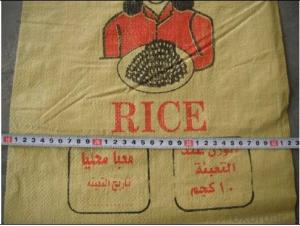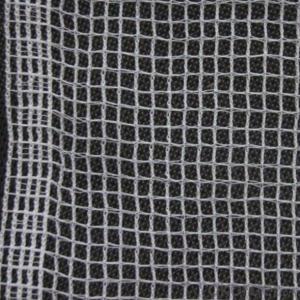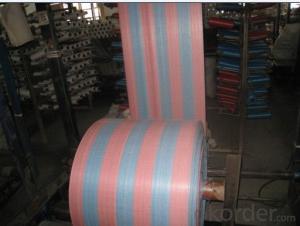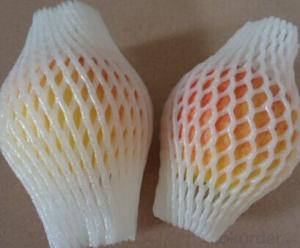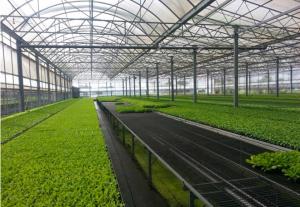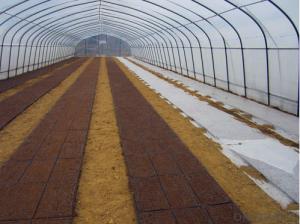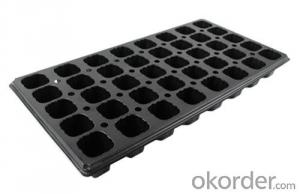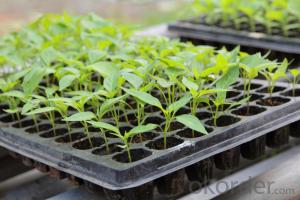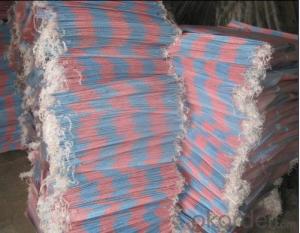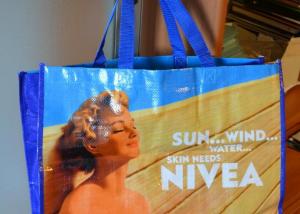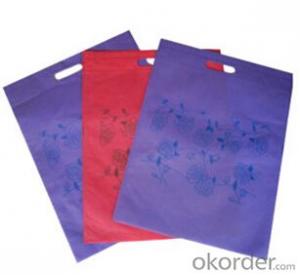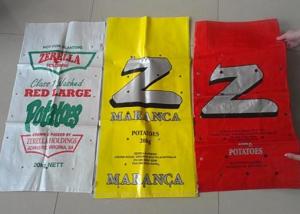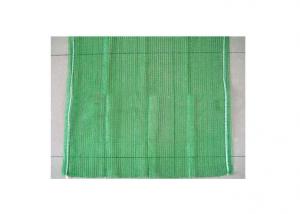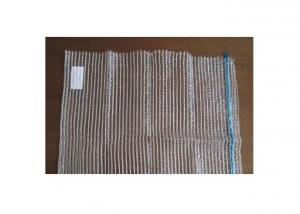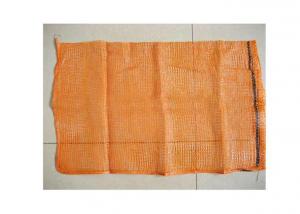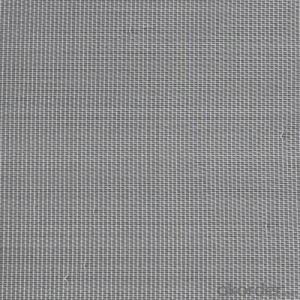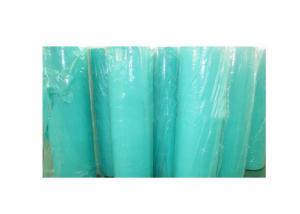Nonwoven Bag for shopping
- Loading Port:
- Qingdao
- Payment Terms:
- TT OR LC
- Min Order Qty:
- -
- Supply Capability:
- 50000pcs m²/month
OKorder Service Pledge
Quality Product, Order Online Tracking, Timely Delivery
OKorder Financial Service
Credit Rating, Credit Services, Credit Purchasing
You Might Also Like
Description:
1). Material: Eco-friendly non-woven fabrics.
2). Printing: CMYK silkcreen printing, heat transfer, lamination, etc.
3). Handle: Self non woven fabric stitched with "X" to reinforce, "X" not visible from the outside
4). Weight: 80GSM, 60-120GSM non woven fabric can be choose.
5). Size: Your request is welcomed, customized.
6). Features: Eco-firendly, high quality, recyclable, reasonable price, 100%manufacturer.
7). Application: Suitable for advertisement, gift bag, grocery store, surpermarket shopping, sales promotion and so on.
8). Color reference: CMYK/PMS/full color
Item no. XHWK001
Size: 30cmW*45cmH
Material non woven
Weight: 80gsm
Piping: No piping, inside sew
Handle: Non woven
Print: Silkscreen
Others: Punched plastic handle
Label: As customized sew or not sew "made in china" label
Packing: 100pcs per carton; 1 opp bag for one carton or customerized
OEM order are acceptable
Advantage:
1)Strong quality control system
2) Competitive price
3) High quality goods
4) Fast reply within 24hours
4) Timely delivery
1). Material: Eco-friendly non-woven fabrics.
2). Printing: CMYK silkcreen printing, heat transfer, lamination, etc.
3). Handle: Self non woven fabric stitched with "X" to reinforce, "X" not visible from the outside
4). Weight: 80GSM, 60-120GSM non woven fabric can be choose.
5). Size: Your request is welcomed, customized.
6). Features: Eco-firendly, high quality, recyclable, reasonable price, 100%manufacturer.
7). Application: Suitable for advertisement, gift bag, grocery store, surpermarket shopping, sales promotion and so on.
8). Color reference: CMYK/PMS/full color
Item no. XHWK001
Size: 30cmW*45cmH
Material non woven
Weight: 80gsm
Piping: No piping, inside sew
Handle: Non woven
Print: Silkscreen
Others: Punched plastic handle
Label: As customized sew or not sew "made in china" label
Packing: 100pcs per carton; 1 opp bag for one carton or customerized
OEM order are acceptable
Advantage:
1)Strong quality control system
2) Competitive price
3) High quality goods
4) Fast reply within 24hours
4) Timely delivery
- Q: This question asks about the possible risks or negative effects associated with the use of biodegradable plastics in agriculture.
- <p>Biodegradable agricultural plastic products, while reducing plastic pollution, may have potential hazards. These include the release of methane during decomposition, which contributes to greenhouse gas emissions. Additionally, the breakdown process can release chemicals that may contaminate soil and water, affecting soil health and aquatic ecosystems. The rate of degradation can also be unpredictable, potentially leaving fragments that persist in the environment longer than intended. Moreover, the production of biodegradable plastics often requires more energy and resources, which can lead to higher carbon footprints. Lastly, improper disposal can still lead to environmental issues if these plastics end up in landfills or natural habitats.</p>
- Q: Can ground cover be used to create a low-maintenance alternative to grass lawns?
- Yes, ground cover can be used as a low-maintenance alternative to grass lawns. Ground cover plants, such as creeping thyme or clover, require less water, mowing, and overall maintenance compared to a traditional grass lawn. They also provide various benefits like reducing soil erosion, attracting pollinators, and adding aesthetic appeal to the landscape.
- Q: Can agricultural plastic products be used for mulching?
- Yes, agricultural plastic products can be used for mulching.
- Q: What are some ground cover options for a Japanese-style courtyard?
- Some ground cover options for a Japanese-style courtyard include moss, gravel, pebbles, and low-growing plants like mondo grass, ferns, or creeping thyme.
- Q: What are some creative ways to use ground cover plants in landscaping?
- Ground cover plants can be creatively used in landscaping in various ways. One idea is to use them as a living carpet to cover large areas of bare ground, providing a lush and uniform appearance. Another creative use is to create visual interest by combining different types of ground cover plants with contrasting colors, textures, and heights. Additionally, ground cover plants can be strategically placed to highlight certain landscape features, such as lining pathways, filling gaps between stepping stones, or cascading over walls. They can also be used to control erosion on slopes or to create natural borders in garden beds. Ultimately, the possibilities are endless, and incorporating ground cover plants into landscaping can add depth, color, and texture to any outdoor space.
- Q: Can nursery trays be used for starting tropical plants?
- Yes, nursery trays can be used for starting tropical plants. The trays provide a suitable environment for germinating seeds or propagating cuttings, allowing the plants to establish their root systems before being transplanted into larger pots or the garden.
- Q: How do you remove unwanted ground cover plants?
- To remove unwanted ground cover plants, you can manually pull them out by hand, ensuring to remove the roots as well. Alternatively, you can use a garden fork or shovel to loosen the soil around the plants, making it easier to lift them out. Additionally, applying a herbicide specifically designed to target ground cover plants can be an effective option, but it's important to read and follow the product instructions carefully to ensure safe and proper use.
- Q: I want to start my own organic garden, but what I am wondering is.. Is it okay to plant organic plants in plastic containers? Or do they pick up the toxins from them? I don't believe in using plastic because it's manufacture is horrible for the environment, but if it's already made, can I use it??Basically I just need to know if all sorts of nasty things will harm the organic nature of my plants if planted in plastic.
- There is no agreed upon definition of organic. However, most people agree that it means that it is grown without using manufactured fertilizers or pesticides. By this definition, using a plastic pot would not render your plants non-organic. However, I am sure there are some purists who would say that no manufactured products of any kind should ever come in contact with your plants. Ultimately, it is what is important to you that matters.
- Q: Is it safe to wrap very hot food (above 90 celsius) in plastic wrappers? will the plastic chemicals under high temperature contaminate the food?
- Plastic food wrap aka Saran is known as PVDC (polyvinylidene chloride) in the plastics industry. The melting temperature is in the ball park of 165 deg C. So heating it up to 90 should be no problem. Moreover PVDC is FDA cleared for use as a food contact surface as a base polymer, in food package gaskets, in direct contact with dry foods, and for paperboard coating in contact with fatty and aqueous foods. They put a lot of work making sure any plastic that touches food is safe regardless what you do to it.
- Q: I posted a previous question on yahoo answers! about homemade ferret toys. I can't remember if it was this one or my other account...One answer that I recieved was: They love to play with plastic bags and wrapping paper.I tried this today. I got about 30 plastic bags out of the kitchen closet, and unsquished them... threw them in a huge pile in the living room, and then put him inside. He was supervised during this play time because I have found quot;Mr. Stewiequot; to be much like a baby in many way... I once caught him trying to eat a cigarrete butt that had somehow found it's way to the floor, and other mischeifs.Would it be safe for him to play with this item alone? What if I leave some bags in his room while I am at work? (His cage door is left open while I work long hours as a teacher.)
- I would not allow playing with plastic bags because it is quite possible that he would swallow bits of the plastic. Also could get choked or cover his wind pipe.
Send your message to us
Nonwoven Bag for shopping
- Loading Port:
- Qingdao
- Payment Terms:
- TT OR LC
- Min Order Qty:
- -
- Supply Capability:
- 50000pcs m²/month
OKorder Service Pledge
Quality Product, Order Online Tracking, Timely Delivery
OKorder Financial Service
Credit Rating, Credit Services, Credit Purchasing
Similar products
Hot products
Hot Searches
Related keywords
